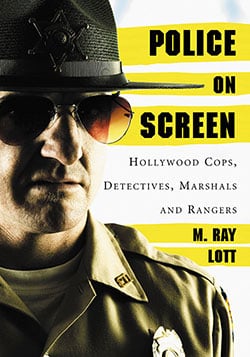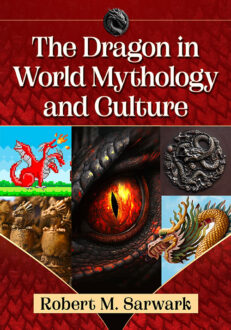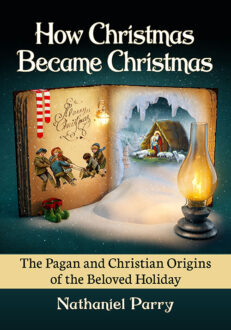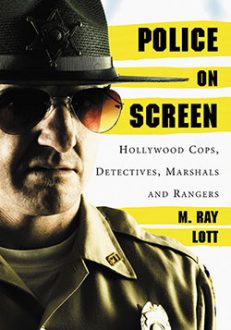Police on Screen
Hollywood Cops, Detectives, Marshals and Rangers
$29.95
In stock
About the Book
From the Roman Praetorian Guard to the English shire-reeve to the U.S. marshals, lawmen have a long and varied history. At first, such groups were often corrupt, guilty of advancing a political agenda rather than protecting citizens. It was about the turn of the twentieth century that police officers as we know them came into being. At this time, a number of police reforms such as civil service and police unions were developed. Citizen committees were formed to oversee police function. About this same time, the technology of motion pictures was being advanced. Movies evolved from silent films with a limited budget and short running time to films with sound whose budget was ever rising and whose audience demanded longer, more complex story lines. From the infancy of moviemaking, lawmen of various types were popular subjects. Bounty hunters, sheriffs, private eyes, detectives and street officers—often portrayed by some of Hollywood’s biggest names—have been depicted in every conceivable way.
Compiled from a comprehensive examination of the material in question, this volume provides a critical-historical analysis of law enforcement in American cinema. From High Noon to The Empire Strikes Back, it examines the police in their many incarnations with emphasis on the ways in which lawmen are portrayed and how this portrayal changes over time. Each film discussed reveals something about society, subtly commenting on social conditions, racial issues and government interventions. Major historical events such as the Great Depression, World War II and the McCarthy trials find their way into many of these films. Significant film genres from science fiction to spaghetti western are represented. Films examined include Easy Street (1917), a nominal comedy starring Charlie Chaplin; Star Packer, a 1934 John Wayne film; The Maltese Falcon (1941) with Humphrey Bogart; Dirty Harry, a 1971 Clint Eastwood classic; Leslie Nielsen’s spoof Naked Gun (1988); and 1993’s Tombstone featuring Kurt Russell. The filmography contains a synopsis along with information on director, screenplay, starring actors and year of production. Photographs and an index are also included.
About the Author(s)
Bibliographic Details
M. Ray Lott
Format: softcover (7 x 10)
Pages: 222
Bibliographic Info: 71 photos, filmography, notes, bibliographies, index
Copyright Date: 2006
pISBN: 978-0-7864-2577-8
eISBN: 978-1-4766-0940-9
Imprint: McFarland
Table of Contents
Preface 1
I. Law Enforcement in Cinema 3
II. Easy Streets 10
III. The New Deal Hero 26
IV. Cold Warriors 34
V. Sci-Fi Cops 42
VI. The Professional 63
VII. Wanted: Dead or Alive 72
VIII. Film Noir, Feminism and Private Heat 97
IX. Workin’ for the Railroad 111
X. Vigilantes with a Badge 119
XI. Bad Apples 129
XII. Keystone 141
XIII. The O.K. Corral 150
XIV. Gunsmoke 161
XV. One Riot—One Ranger! 174
XVI. Walkin’ the Beat … Cruising the Street… 187
XVII. End of the Trail 194
Filmography 203
Sources 211
Index 213
Book Reviews & Awards
- “Comprehensive…extremely readable”—Reviewing The Evidence





